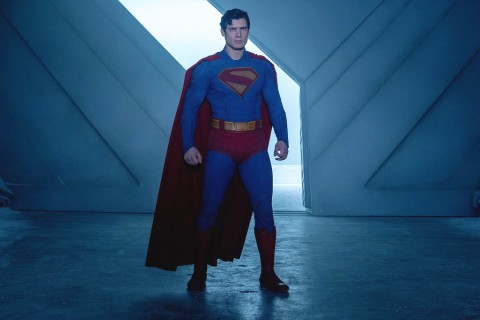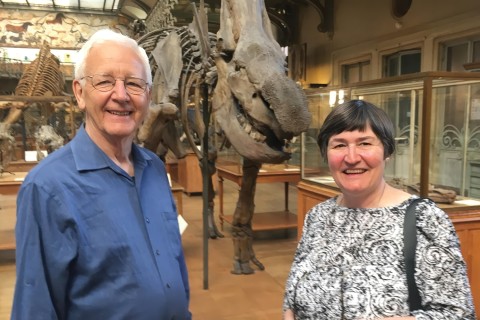One conference won't change the world, but it can spread hope
The long line snaked past the shoe cubbies and head-covering bins. It terminated well outside the exhibit hall as hundreds of people ate—or waited to eat—lunch. Arriving a bit earlier or a bit later would have made no difference. Everyone wanted to be part of this spiritual practice, and we were no exception. Friendly young adults, dressed in white, moved down the line and cheerfully explained the history of the event. Soon enough, we were seated in a row on the floor. Another row of people sat facing us. One by one, servers brought trays: rice, curried vegetables, water, salad, a cup, utensils, mango lassi. Second and third helpings ensured that no one left hungry.
The Sikh community offered langar, which means “common kitchen,” to all 9,000-plus registrants at last week's Parliament of the World’s Religions. It was immensely popular, and I suspect this was not simply about the free food. The langar became the perfect symbol for the hope, courage, and conviction surging throughout the convention center. The langar practice was started by the first Sikh guru in 16th-century India. Serving everyone a free meal—regardless of religion, gender, or social status—was a revolutionary idea back then. Today, it serves as a reminder of the Sikh ethic that views all of humanity as one.
In many ways, the parliament is like any other conference. There are exhibit halls, plenary sessions with high-profile speakers (Jane Goodall and Karen Armstrong in this case), gathering spaces, and hundreds of smaller presentations to choose from. In other ways, it is unlike any other meeting in the world. Because it highlights the numerous and varied faith practices found across the globe, events are juxtaposed in unique and unexpected ways. Tibetan monks scraping chakpurs created a sand mandala just a few feet away from a small Jain temple. On the patio, one could enjoy Muslim rap, pagan-based dulcimer music, or a kirtan as one show seamlessly followed another.
Simply walking down the hallway was an interfaith experience. A rainbow of colors and styles floated by in the opposite direction: the saffron, maroon, orange, or gray robes of Buddhist monks; the ritual dress of Native Americans from various tribes; the multicolored loose-fitting pants and tunics worn by those leading Dances of Universal Peace; the collars and crosses worn by Christian priests and ministers; the flowing saris of Hindu women. An aerial view of head coverings—Jewish yarmulkes, Sikh turbans, and Muslim hijabs—would have been instructive enough. It was a sea of leaders and laypeople completely focused on sharing and discussing faith.
Connecting with others is at the heart of the parliament. Many sessions focused on the positive aspects of religious belief and practice: Hinduism and care for creation, service as a form of worship, Jain perspectives on peace and compassion, and interfaith unity walks. But the hard interfaith work begins when we’re also willing to address the difficult issues: religious extremism, environmental destruction, religiously centered conflict, the role of women, and faith-based hate.
The parliament provides a space for attendees to move beyond food, clothing, and other niceties as we struggle to find ways in which we, as global citizens, can make this world a better place. To that end, the parliament drafted six declarations, which have been shared via social media and signed by the hopeful all over the world. They focus on climate change, income inequality, human rights for women and indigenous peoples, the importance of emerging leaders, and the horrors of war and other forms of violence. Each declaration is a testament both to the atrocities often associated with religious beliefs and to the possibilities offered through interfaith cooperation.
No single conference, however well attended or open-hearted, can change the world. But when thousands of people carry a message of love and collaboration back to their home communities, it makes a difference. While interfaith progress often happens at the grassroots level, the movement is both widespread and diverse. The United Religions Initiative connects more than 700 groups from all over the world dedicated to conflict resolution, community engagement, and peace building. Muslim immigrants and ethnic Norwegians form a ring of peace around Oslo’s only synagogue. Hundreds of Americans turn up at mosques after calls for anti-Muslim rallies, but nearly all those who march are there to show support for Muslims.
Often, this is how transformation happens: locally and communally, one shared meal, one shared heart, and one conference at a time.



